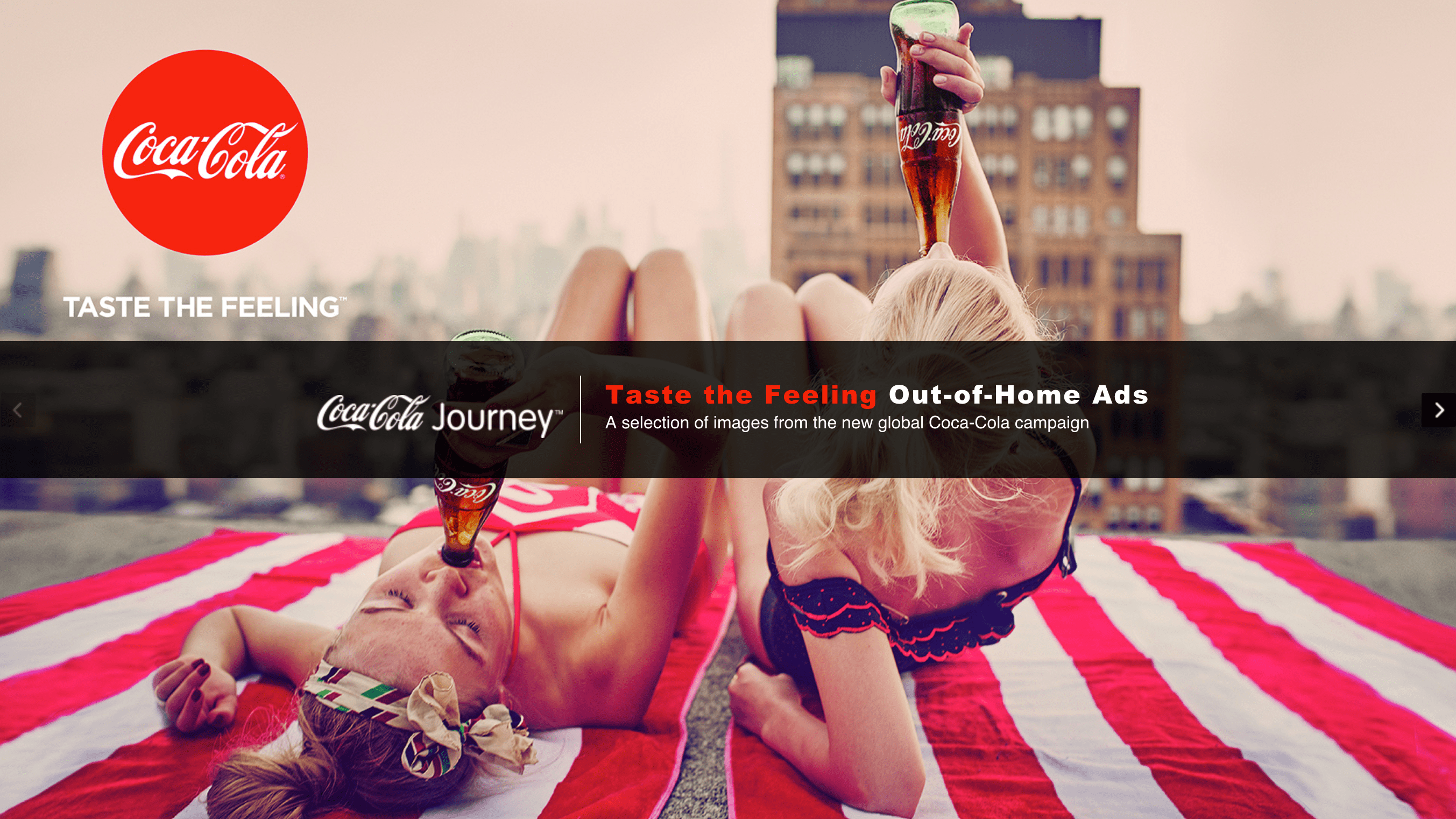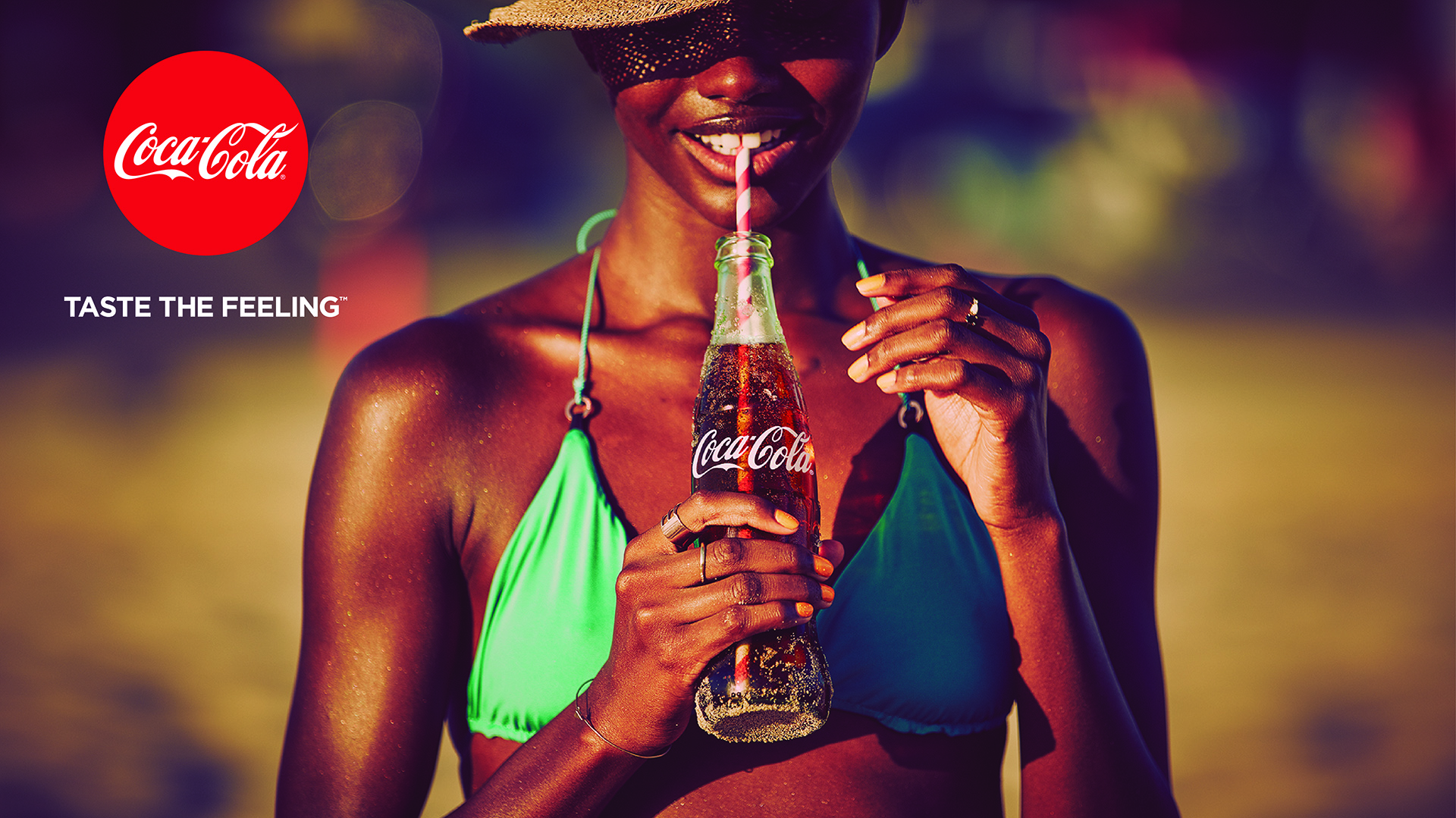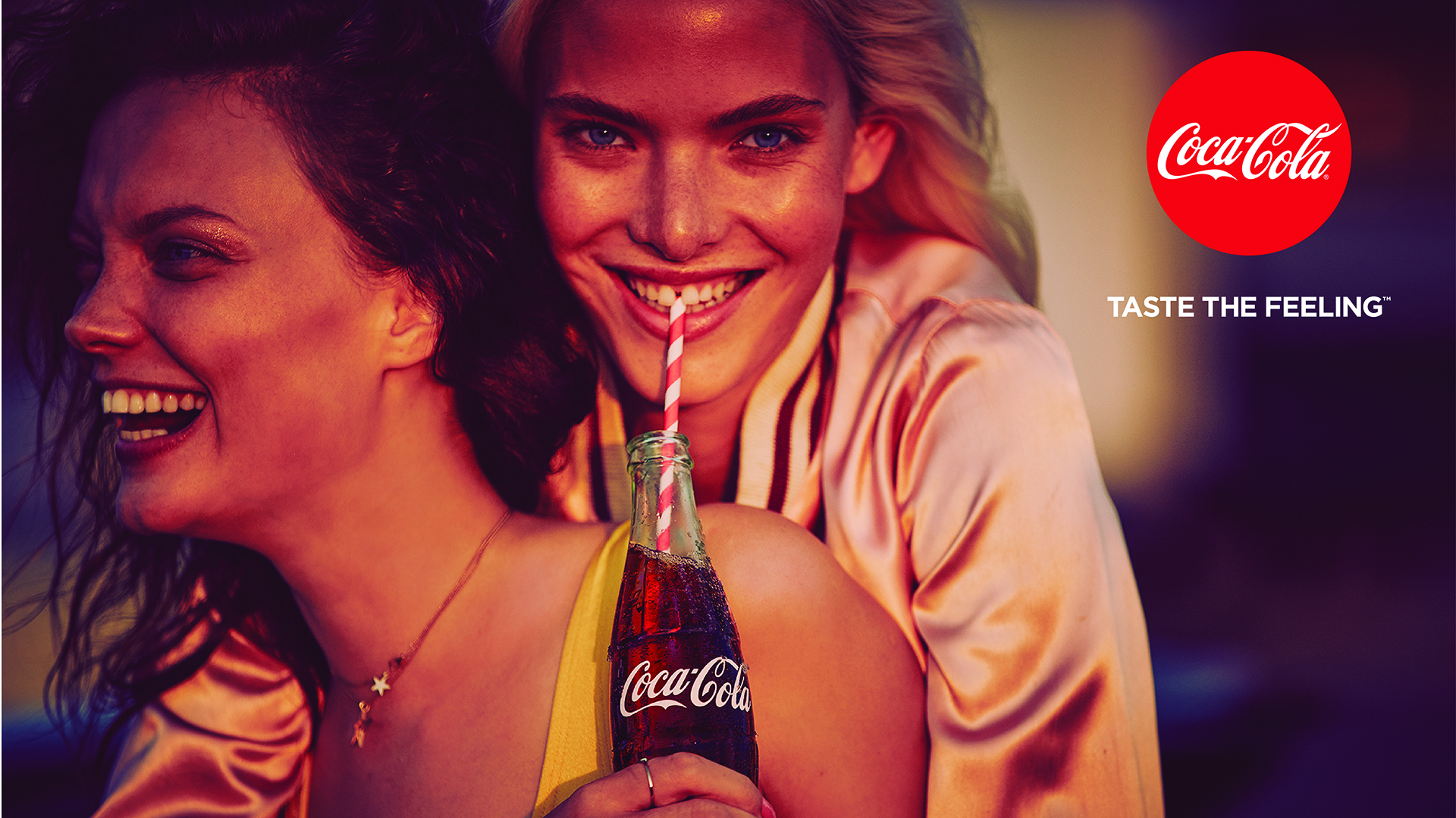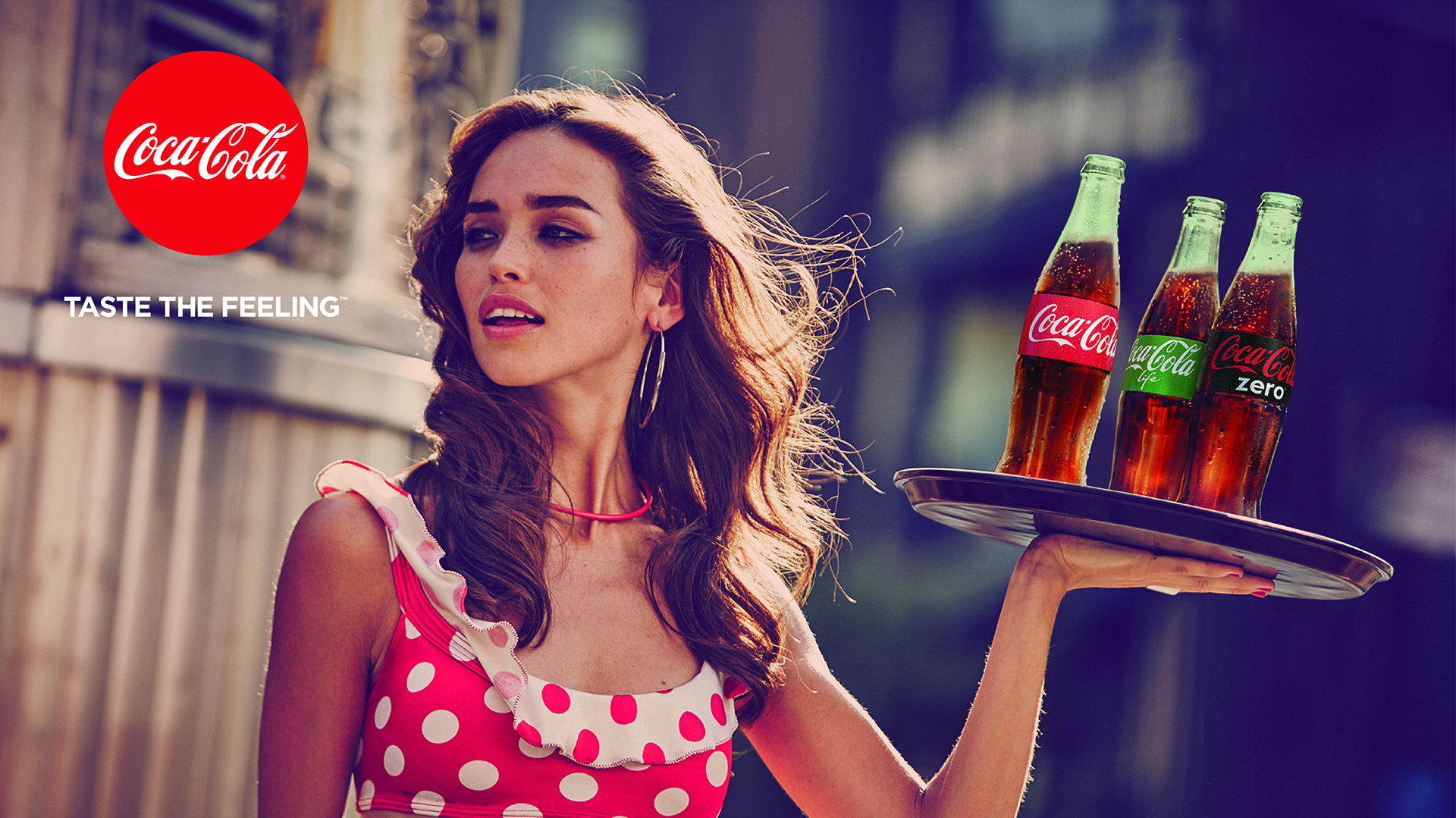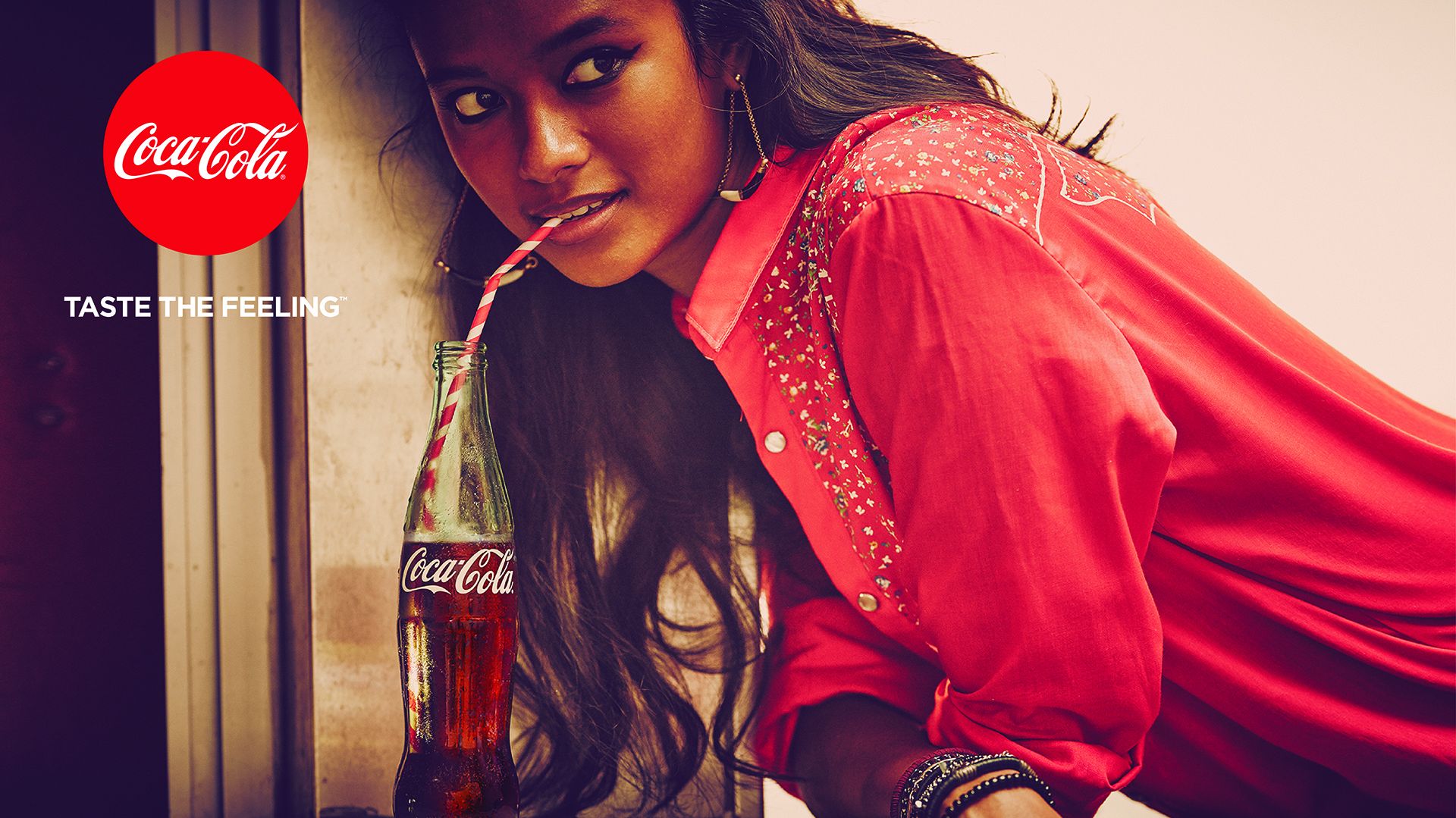
Quick, answer this question: Are you thirsty right now? If you answered yes, then there’s a company that’s interested in helping you. They focus on delivering a multitude of beverage choices to quench your thirst and satisfy that craving. Lately they’ve been cleaning up their act in response to the “no sugar” movement sweeping the United States (and other countries as well). They offer 3,500 different beverage choices (and more than 500 brands) and they literally serve every country in the world (except North Korea) with their products. Their footprint is completely and totally globally present. Their iconic red and white logo hasn’t changed since it was created in the 1900’s and stands as one of the most recognizable symbols in the world today, in fact this logo is recognized by 94% of the world’s population. Do you know the brand yet? (You’re probably not in the 6% that don’t)
Studying an iconic brand
If you guessed Coca-Cola, you are right. Coca-Cola is one of the largest and most widely distributed product/company in the history of the world. Which brings with it some very interesting challenges. Imagine you are marketing this brand. How would you approach things? What would you focus on? How would you identify your target market?
Of course you can go the direction of geographic differentiation and begin narrowing into smaller sub-marketing groups to attempt to create content and marketing campaigns that fit those smaller subsets, but you’ll still have a few problems.
Geographic differentiation is not always a method for identifying a target market.
Take for example a single city (eg. Boston). Within this single metropolis there are approximately 4.7 million people. This is all within an approximate 50 square miles. I think we can agree that’s hyper localized for a marketing campaign…and yet, even in this microcosm of the Coca-Cola marketing demographic there are more than 3 dozen different products to market across a variety of carbonated beverages, non-carbonated drinks, fruit drinks, specialty waters, and energy drinks (and more).
Demographic differentiation works but not always
Some brands are able to use age and other demographic information to identify and prioritize their target market. The AARP comes to mind as one example where this might be extremely relevant. Or maybe we consider other demographic factors, such as this brand, I’m fairly certain we can all understand what their target market might look like based on demographic influences.
But as in the example of our case study, Coca-Cola, this isn’t a strong indicator either. Although we may disagree with the health decision, we’ve all seen young children guzzling a can of liquid sugar at one time or another. Demographics are no better than geographic for identifying a target audience in this situation.
Sometimes you have to get creative
And this is the point of the post. You can’t always rely on the standard target market measurements when attempting to identify your audience. In the case of a global corporation like Coca-Cola they have to get creative. Sure, they segment their marketing down extremely well, but they also have to identify a way to reach their global target market as well. And this means Coca-Cola has to make their target market identifier something which applies to consumers of 3,500 different beverages and more than 500 brands.
As incredible as it sounds, Coca-Cola’s target market is the world. They believe they have a product for everyone. In this case they need to look at what is some characteristic that is shared by everyone across all borders, and around the world? And we return to the question where we began the post: Are you thirsty? Coca-Cola uses this basic human need as a basis for a marketing strategy that transcends cultures.
Source: https://www.coca-colacompany.com/immersive-galleries/_taste-the-feeling-out-of-home-ads
Identifying your target market
What does this mean for you? Remember as you seek to identify your target market: Be creative. Think carefully about what characteristics are shared by your audience.
Note: A word of caution, don’t make the mistake of thinking you’re the size of Coca-Cola and be too generic in your segmentation and characterization. Be as specific as you can without ignoring valuable parts of your true target audience.
Be creative as you create your marketing segments. Think carefully about all aspects of your audience, characteristics that might not be immediately considered standard. Doing this will ultimately give you an incredibly advantageous marketing strategy and who knows might even give you a competitive edge.
COMMENT ON THIS ARTICLE BY CLICKING HERE: FORUM.MAUTIC.ORG
Comment
- Log in to post comments
